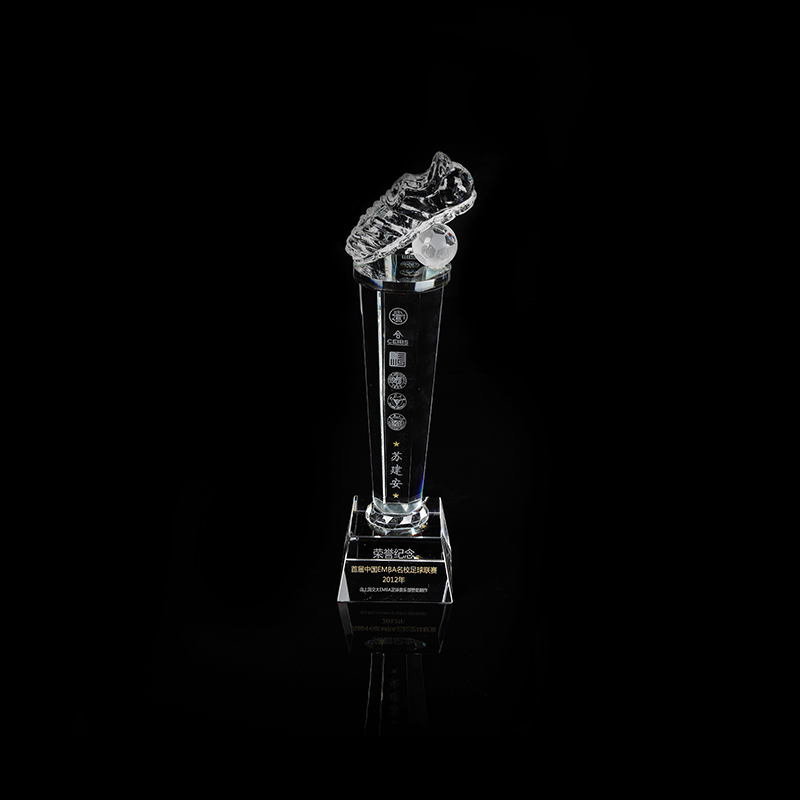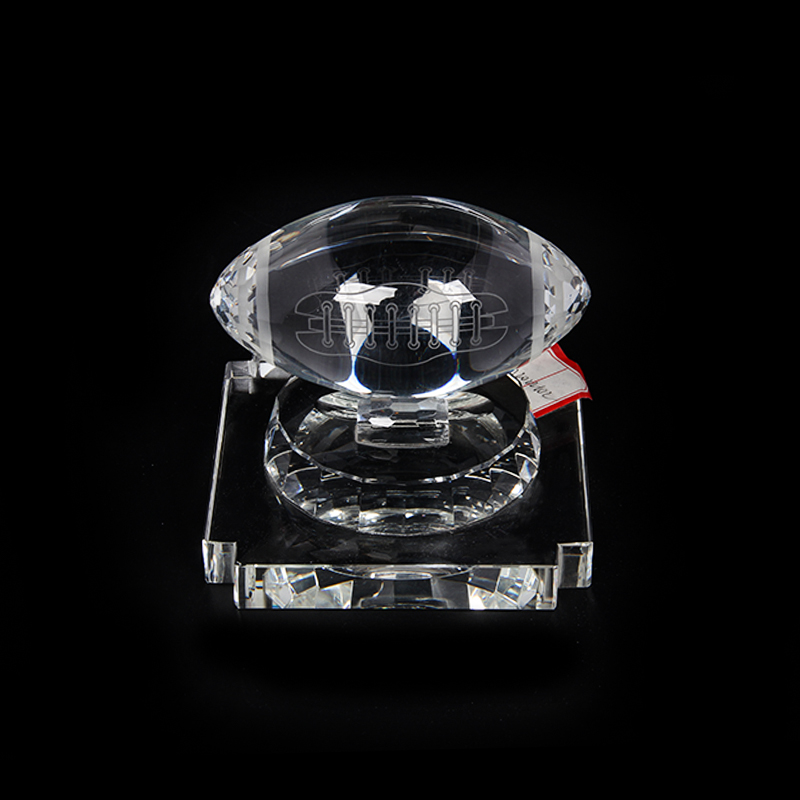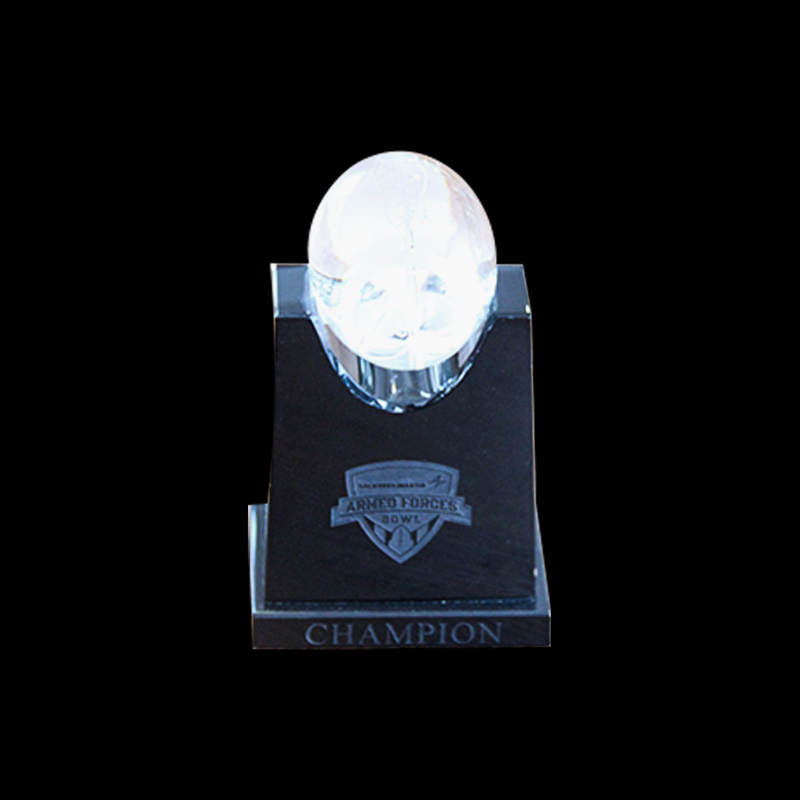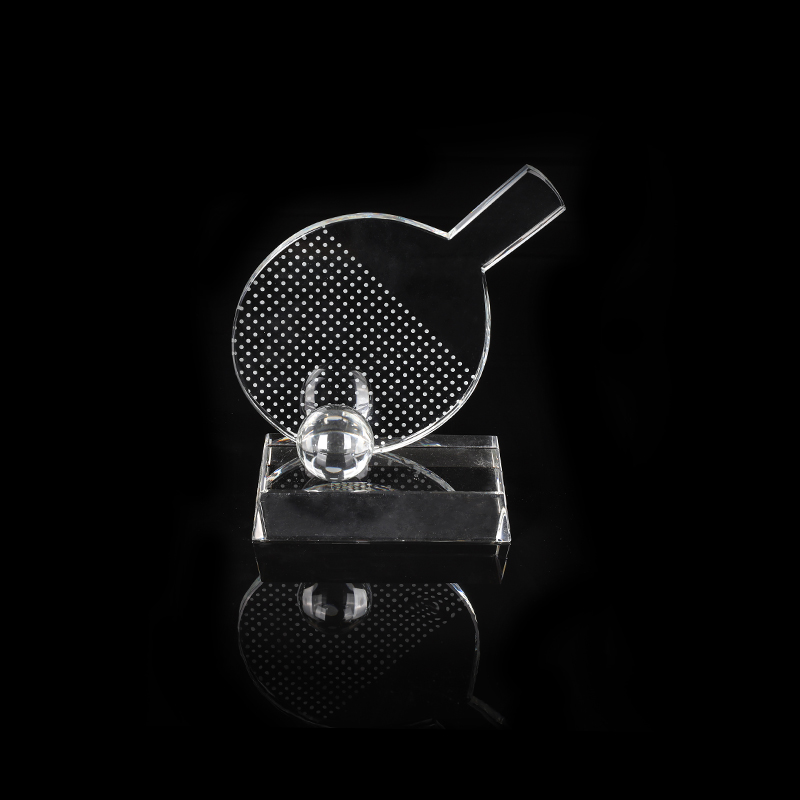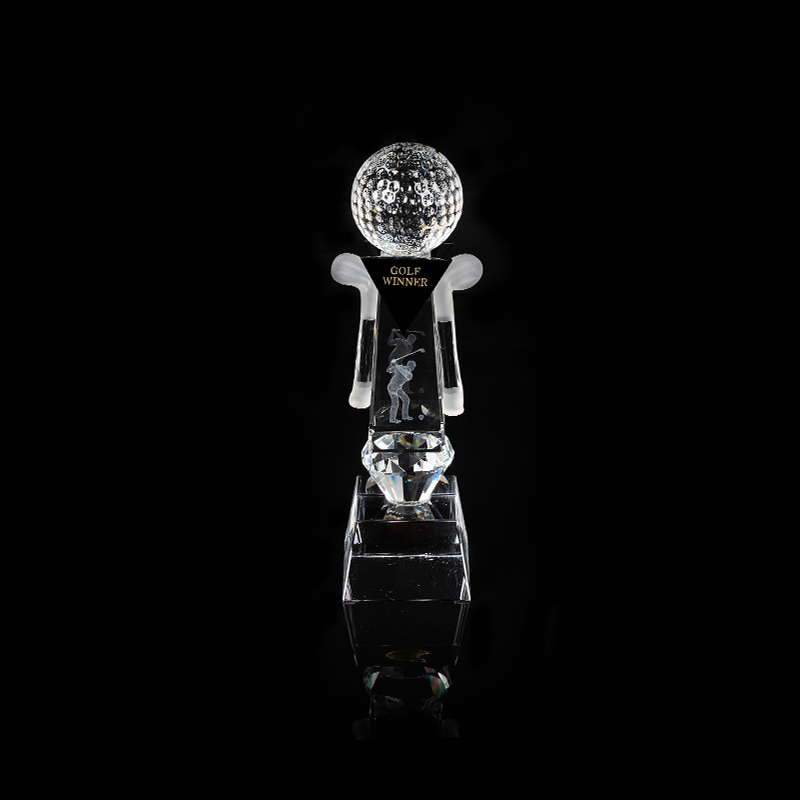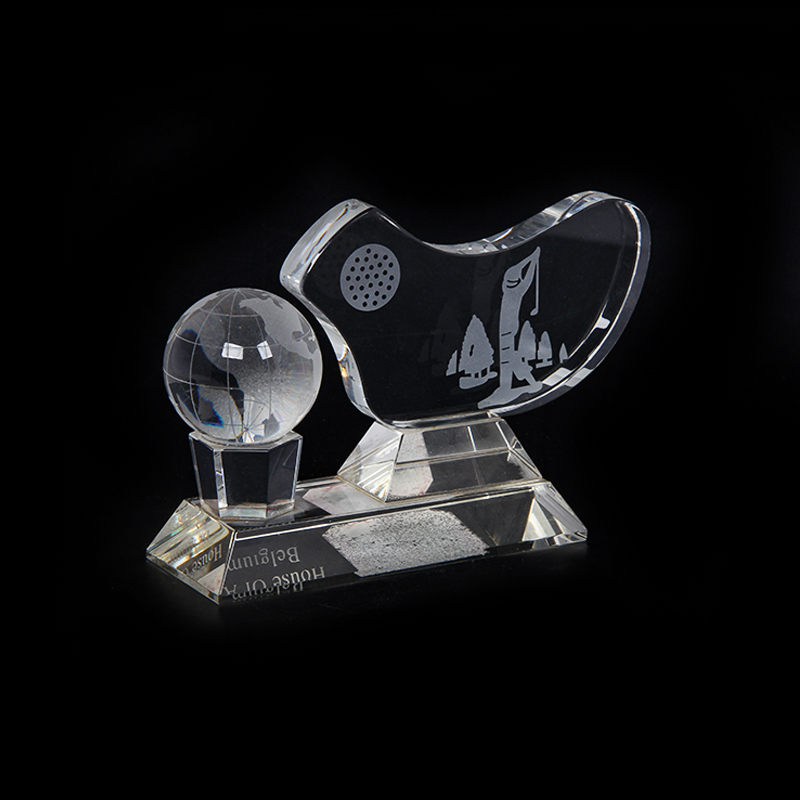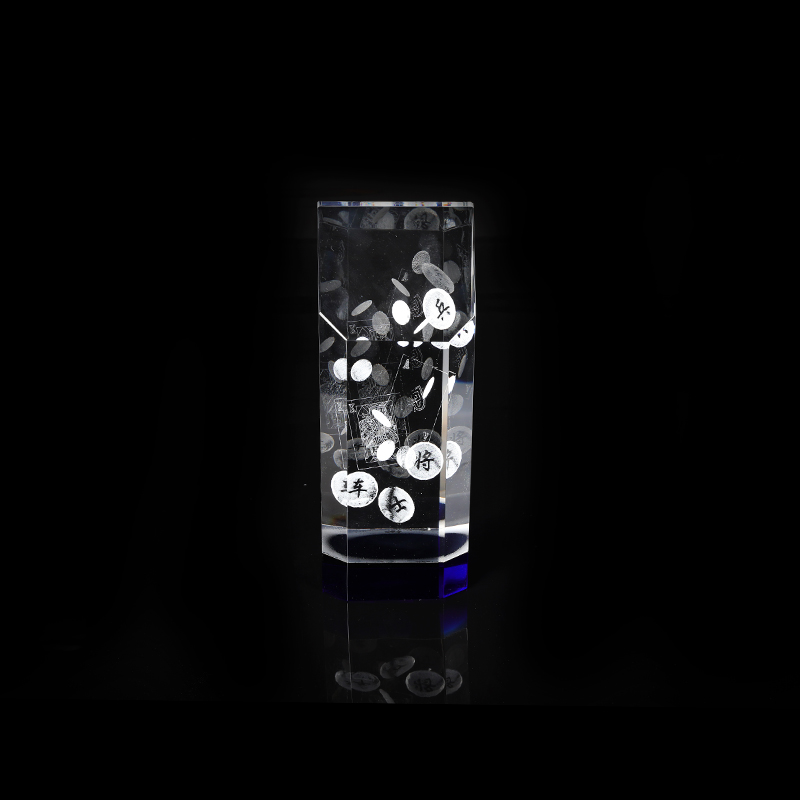Crystals have earned a special place as decorative objects, meditation tools, and thoughtful gifts. Their polished faces and balanced shapes are meant to reflect light and create a sense of harmony in any setting. But even a well-made Crystal Pyramid can start to appear dull over time, leaving owners wondering whether the stone itself is to blame.In fact, a lackluster surface is often the result of handling, environmental conditions, or residue buildup, rather than a flaw in the mineral itself. Understanding what causes this phenomenon and knowing how to restore its clarity can help your crystal pyramid or angel stone pyramid remain as vibrant and eye-catching as the day you display it.
Surface Residue and Fingerprints
One of the more common reasons a crystal pyramid loses its clear shine is simple residue.Even clean hands carry natural oils that gradually leave films on polished surfaces. Over time, this layer diffuses light and creates a cloudy appearance.
Angelite Pyramid pieces can be especially prone to this effect, as angelite is a softer mineral that more easily picks up oils and dust. Regular dusting alone is not always enough, as fine residue can build up along edges and corners.
To prevent this, consider wearing cotton gloves when handling pyramids or using a soft microfiber cloth to wipe them down after moving or repositioning. This small effort helps preserve clarity without introducing abrasive particles.

Inadequate Cleaning Techniques
Wiping down a Crystal Pyramid with household cleaners or rough cloths can leave behind streaks or tiny scratches that scatter light. Over time, these marks accumulate, giving the surface a dull look that doesn’t respond to casual dusting.
When cleaning, use a pH-neutral soap diluted in water and a non-abrasive cloth. Avoid paper towels, which can leave fibers and contribute to micro-abrasions. After cleaning, rinse with fresh water and dry immediately with a lint-free cloth to avoid spotting.
It’s also useful to avoid spraying cleaners directly onto the pyramid. Instead, dampen your cloth and apply it to the surface gently.
Environmental Factors Reducing Luster
Humidity, airborne particles, and even nearby heat sources can influence the appearance of a crystal. For example, displaying an Angelite Pyramid near a kitchen or open window may expose it to cooking oils or fine dust. Over time, this buildup creates a film that’s harder to see but still interferes with light reflection.
High humidity can also contribute to mineral deposits on the surface, especially if the pyramid is placed near plants or humidifiers. These deposits often show up as faint spots or hazy areas.
If your display area has fluctuating moisture or airborne oils, consider a glass enclosure or protective dome. Even a simple clear acrylic cover can reduce dust and help preserve clarity.
Light Conditions Affecting Perception
Sometimes, what appears to be dullness is a result of how the object is lit. Overhead lighting, especially with diffuse fixtures, reduces reflections that bring out the crisp geometry of a Crystal Pyramid.
If your pyramid seems muted in color or less vibrant, test its appearance under different lights. Positioning it near a focused spotlight or in natural daylight often reveals the true polish of the surface.
Angelite Pyramid specimens, with their soft blue tones, may seem flatter under warm lighting. A cool white LED can enhance contrast and restore a sense of depth.
Handling Practices That Diminish Shine
Frequent repositioning or rotating a pyramid can wear down edges gradually. Even light friction against a shelf can introduce fine abrasions over months or years.
To minimize this, consider placing a soft mat or felt pad under your pyramids. This small buffer helps reduce movement-related wear while also protecting surfaces underneath.
If you frequently rotate items in a display, try using gloved hands to avoid adding more oils each time.
When Professional Polishing is Needed
There are situations when home cleaning methods are not enough. If a Crystal Pyramid has visible scratches, chips, or persistent hazy areas, professional re-polishing can restore much of the original clarity.
Experienced stone finishers use specialized tools and techniques to resurface crystal faces. While this approach can improve appearance, it’s important to confirm that your particular mineral type can tolerate polishing without damage.
Angelite Pyramid pieces, for example, may require lighter pressure and specific materials to avoid removing too much surface.
Choosing Display Locations Thoughtfully
The final factor in maintaining clarity is simply where you place your pyramids. High-traffic areas tend to collect more dust and are more prone to accidental contact. Shelving near vents or heaters can contribute to drying oils that adhere to surfaces.
Try to position your Crystal Pyramid and Angelite Pyramid displays in stable, moderate environments. Regular gentle cleaning and protective handling can maintain their visual impact far longer than occasional deep cleanings alone.

 English
English 中文简体
中文简体 عربى
عربى
